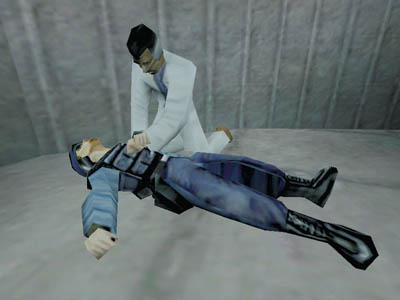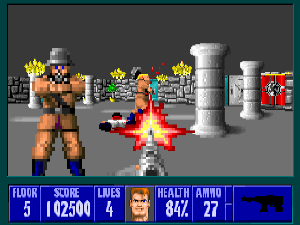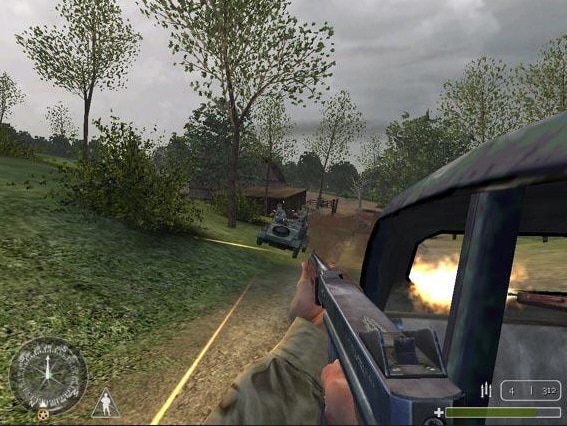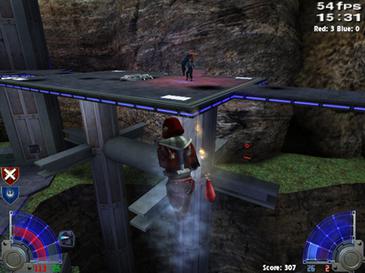First and foremost is the story. The story is such a key element because it is what motivates the player to actually play the game. The story is what pulls the user into your fictional world and drives the action of the game forward. The story is what unifies all of the elements under a single purpose. Just as in a book, the story of a video game has a distinct plot. Some games gently ease in the conflict, while others throw you straight into the action. A satisfying story will, in the end, resolve the conflict. An example of a game with great storytelling is Half-Life. Half-Life told the entire story from a first person perspective in a seamless manner. You always have full control of Gordon Freeman, and the story flows smoothly without any discontinuities. Another game with superb storytelling is The Legend of Zelda: Ocarina of Time. This story involved complex myths about gods and demons, and a struggle for an artifact of ultimate power. It really sucks you into the fantasy world.
Half-Life
Another key element is the design of a game. These are reoccurring elements that the player will eventually gets used to. This involves controls, camera and movement schemes, power ups, health, etc. These are important because they effect the feel of the game. Game with terrible cameras and controls, such as superman 64 will seem very akward and not be fun. The design should also compliment the art style. For example, it is unsuitable to have hovering rotating hearts as health pickups in a modern tactical shooter. Just as it is unsuitible to have tactical shooter elements in a cartoon like game. People should also feel like they have natural movement of their character. Super Mario 64 introduced an innovative new 3rd person camera which was intuitive to use. The Legend of Zelda: Ocarina of Time has outstanding game design, with a perfect cartoony, yet dark style that was easy to use and understand.
Super Mario 64
Finally, we come to the presentation of the game. This category in itself has multiple topics, which I will discuss. First, there is the sound. Great music and great sound effects make a good game ten times better. Music can help establish the mood and ambience, while sound is another way to provide sensory feedback to the player. An example of a game with great mood establishing music is The Legend of Zelda: Ocarina of Time. Presentation also includes visual art. This is independant of processing power. Art is how a level stands out. It determines if it's just another kids drawing or a masterfully crafted sculpture, or painting. Art gives a level it's theme and feel, as well as compliments the story. Once again, I will bring up Ocarina of Time as an example. Metroid Prime also has amazing art. Finally, presentation also includes graphicall effects. Combined with good art, this is an indispensable tool for bringing the player into your world. An example of a game with graphics effects is Crysis.
Crysis











.jpg)



